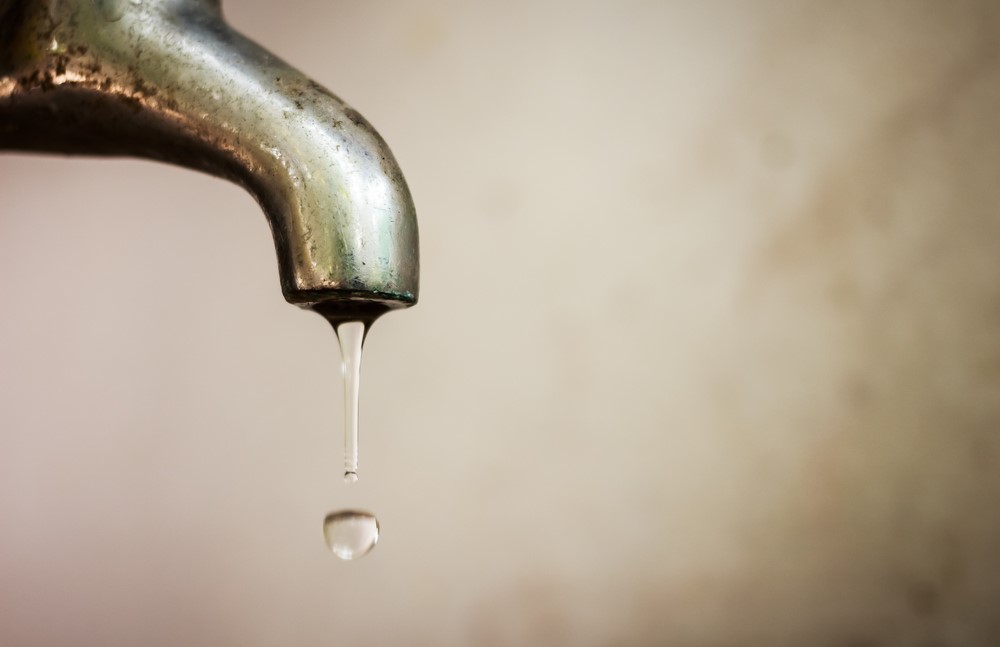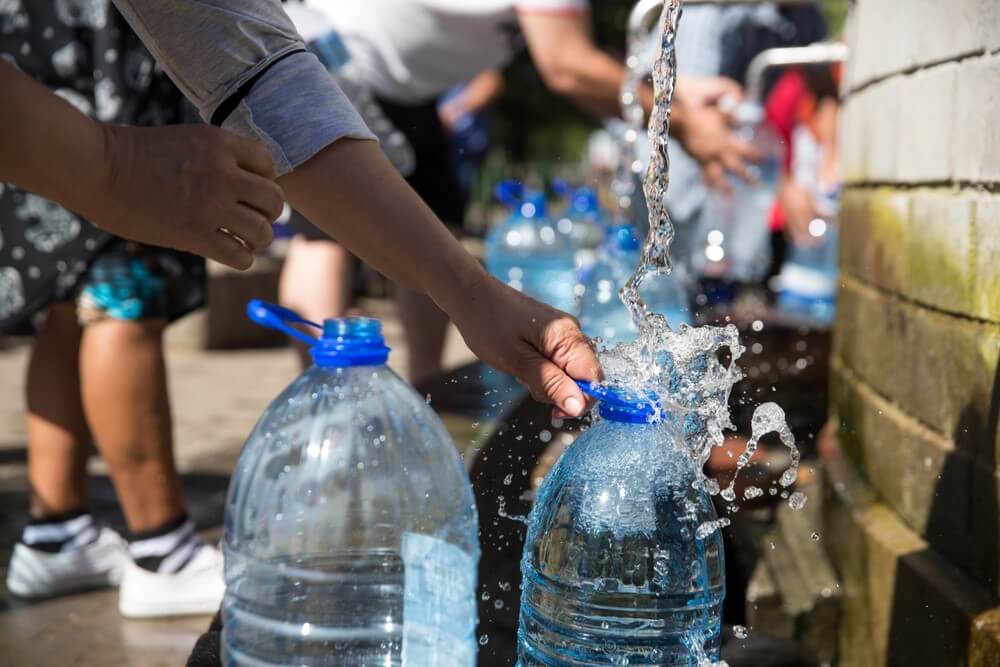Canada is one of the world’s wealthiest countries, suggesting it has one of the highest qualities of life. Moreover, Canada is also one of the richest in water, with Ontario’s Great Lakes containing 18% of the global freshwater surface stock.
Hearing this, you may be surprised to hear that not all Canadians have 24/7 access to fresh and affordable safe drinking water and sanitation as needed. Canada does indeed have a water crisis, and it is unjustly affecting certain populations more than others.
If you’re interested in learning more about Canada’s water crisis, you’ve come to the right place. Keep reading to learn who this water crisis affects most and why.
Canada’s Water Crisis — Who Is It Affecting?
If you weren’t aware of Canada’s water crisis, you most likely have water security and are unaffected. Unfortunately, the most affected are people whose ancestors have been on the land longer than anyone – the indigenous peoples of Canada.
Many First Nations communities around the country don’t have access to clean water where they live. Reserves have historically not been prioritized when it comes to clean water. Residents of those areas end up with a water system containing contaminants such as E. coli, trihalomethanes, and uranium. The effects of these contaminants range from mild stomach issues to increased risk of cancer.
There are several causes for this poor water quality in these areas. Sometimes this is due to naturally-occurring conditions; other times, poor wastewater management, such as excessive animal feces in the water, is to blame. Many rural Indigenous communities cannot drink tap water, making it more difficult to access safe drinking water.
Canada’s water crisis also isn’t new. According to Human Rights Watch, communities such as the Neskantaga First Nation and Shoal Lake 40 First Nation have had a water quality advisory for over 20 years, meaning an entire generation of children grew up in this community with little access to clean water. What’s more, as there continue to be water advisories in this area, a new generation is being raised similarly.


The Effects of Canada’s Water Crisis
The cost of a lack of clean water is taxing both physically and mentally. Physically, residents of these areas are at risk of developing severe long-term health problems, such as cancer and gastrointestinal disorders.
At the same time, it is incredibly exhausting knowing that you have little to no clean water readily available and spending a significant portion of your life worrying about finding water and adequately treating it for safe consumption. People living in areas with limited clean drinking water are constantly under a boil water advisory due to the water quality.
The consequence is that some people end up using untreated water for drinking and other purposes out of frustration, which increases their exposure to contaminants and puts their health at risk. Using contaminated water to clean your house or bathe risks your health as you may contact contaminants from surfaces or develop various skin problems.
Another option people choose is to avoid using water as much as possible. However, as you can guess, this is difficult as it increases your chances of dehydration. Personal hygiene tends to suffer as well.
Now you know what Canada’s water shortage is and who it affects. But what can we do to fix these water issues and increase access to clean, drinkable water for all? Let’s take a look.


Solving Canada’s Water Crisis — What Needs to Be Done
With Canada’s water crisis disproportionately affecting Indigenous communities, many Canadians are removed from the crisis. The truth is that when a problem affects one part of the population, it should be the concern of the entire country.
According to Human Rights Watch, the Government of Canada has been attempting to solve Canada’s water crisis and increase access to clean water to Indigenous communities since 1977. It has invested money in water management and water treatment, but the results have not been promising, and the problem continues to persist.
The fact is that the federal government can do much more, including introducing more regulations for safe water. Indigenous communities have been looking for their own long-term solutions and encouraging the next generation to get involved.
Something that everyone can do is raise awareness of Canada’s water crisis and make it common knowledge. Doing so will encourage the federal government to take more action to protect the water in Indigenous communities and draw in more people to help develop solutions to this problem.
The Takeaway — Canada’s Water Crisis Is All of Our Concern
If you weren’t aware of Canada’s water crisis, it means that you’ve been fortunate enough to live in a community where you have access to clean water when you need it. Unfortunately, this isn’t the truth for the entire population, with indigenous nation communities being disproportionately overlooked regarding clean water.
The best thing you can do is to continue to raise awareness of Canada’s water crisis. You can also donate to organizations supporting indigenous people, such as True North Aid.
At Quench Buggy, we understand the importance of having access to fresh, clean drinking water. If you need a reliable source of safe, filtered water for the guests of your next event, contact us to learn about our Quench Buggy water stations.

